 Life & Style
Life & Style
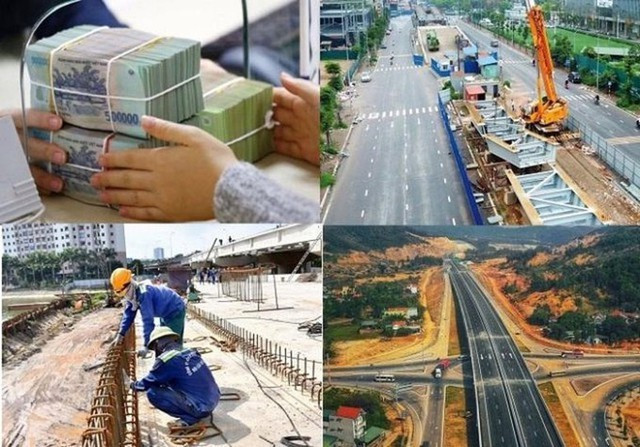
A painting exhibition is on at the Việt Nam Museum of Fine Arts, displaying 100 watercolour sketches by Vietnamese artists of different generations.
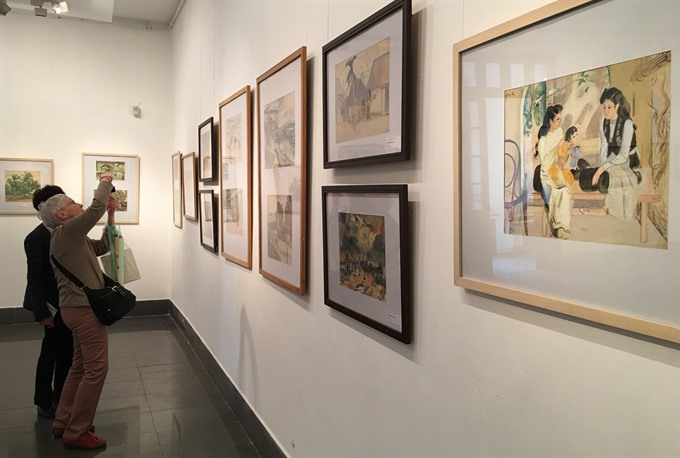 |
| Visitors at the exhibition. —VNS Photos Đoàn Tùng |
HÀ NỘI — A painting exhibition is on at the Việt Nam Museum of Fine Arts, displaying 100 watercolour sketches by Vietnamese artists of different generations.
The artists include the first students of the Indochina College of Fine Arts, which was set up under French colonial in 1925; artists during the resistance war against the Americans; and artists established after the country’s reunification in 1975. The exhibition aims to present to the public sketches which not only have aesthetic value, but also are a precious source of history.
"The country and the people are always the main themes on display at the museum," Vũ Anh Minh, the museum’s deputy director said at the exhibition’s opening ceremony recently.
"The sketches are vivid and are based on artists’ field trips to every nook and corner of the country. The works were sketched in the 1941-82 period, reflecting the national revolution and the construction progress in the country."
Tô Ngọc Vân, Trần Văn Cẩn, Nguyễn Sáng, Lương Xuân Nhị and Nguyễn Văn Long, from the Indochina College of Fine Arts, were masters of Vietnamese fine arts. Artists Trần Văn Cẩn and Tô Ngọc Vân were known for their skill in oil-on-canvas painting, while Nguyễn Sáng’s lacquer paintings and oil-on-canvas paintings are considered the best from the national revolution period.
Five sketches by artist Vân in four years, from 1951-54, including Múa Lụa (Dancing with Silk), Quán Bên Đường (Small Inn on Road) and Thiếu Nữ Dân Tộc Đứng (Ethnic Girl), and three sketches by artist Cẩn, including Bà Ké Người Nùng (Mrs Ké from Nùng Ethnic) and Khâu Áo Cho Con (Shirt Sewing,) are showcased at the exhibition.
Artists Vân, Cẩn and Sáng have won the Hồ Chí Minh Prize for Literature and Arts, while artist Nhị has received the State Prize for Literature and Arts. At the exhibition, Nhị’s sketch titled Máy Xúc Đèo Nai (Power Shovel in Nai Mountain Pass) will transport visitors to coal mines in the northern province of Quảng Ninh.
A sketch by artist Long titled Sông Đông Ba-Huế (Đông Ba River in Huế), created in 1941, is the oldest work on display at the exhibition. The 26.2cm by 30.7cm sketch features Huế women carrying out their daily chores at the Đông Ba River bank.
Huy Oánh represent artists from the resistance war period. His work, sized 34.2cm by 49.4cm, depicts volunteer youngsters constructing a road in Trường Sơn. The sketch was created in 1973.
In particular, the Nhà Máy Điện Trà Nóc (Trà Nóc Power Plant) sketch by female artist Đặng Thị Khuê depicts a milestone in the progress of national construction. It was created in 1978 and is 26.8cm by 39cm in size. Khuê is one of the artists from the post 1975 period. She sketched a panorama view of the Trà Nóc Power Plant in the southern province of Cần Thơ during her first field trip to the south.
"I was greatly impressed by the modern plant and the hardworking young workers," Khuê said "I still remember how I was inspired by the enthusiasm of the young workers at the power plant and I sketched the scene under the sun without covering by head."
One hundred sketches by 70 artists whose works present the history of painting and sketching in Việt Nam are on display.
"During Việt Nam’a resistance against French and American invaders, many Vietnamese artists observed people’s daily lives, soldiers, battles, rural labourers and the simplicity of life in the countryside, which they translated into moving sketches," critic Nguyễn Hải Yến said.
The exhibition is on until February 20 on 66 Nguyễn Thái Học Street, Hà Nội. — VNS
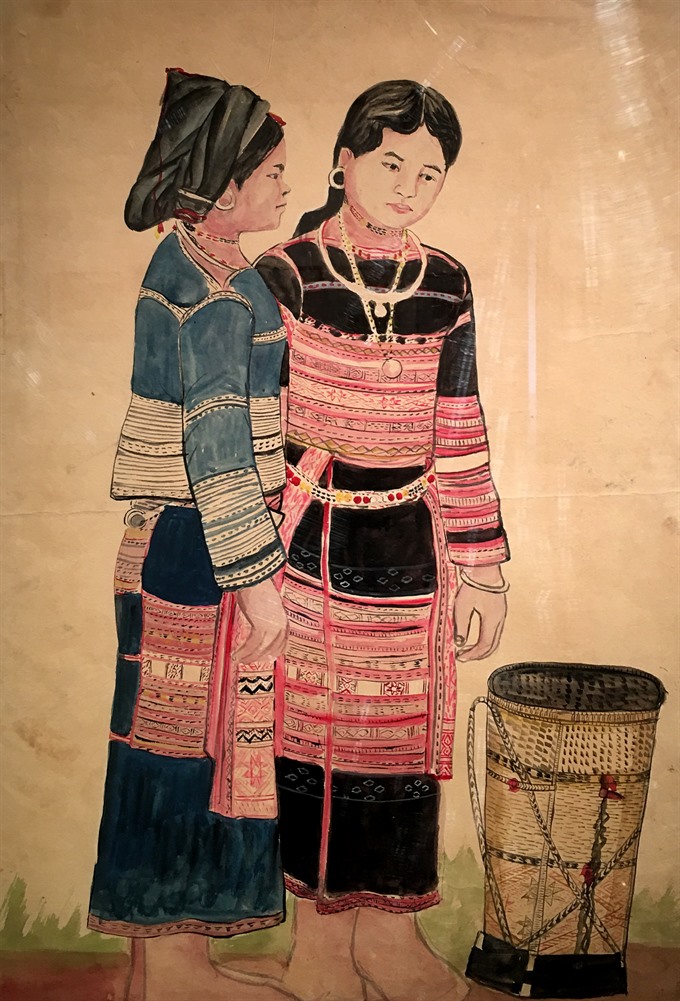 |
| A work by Xu Man |
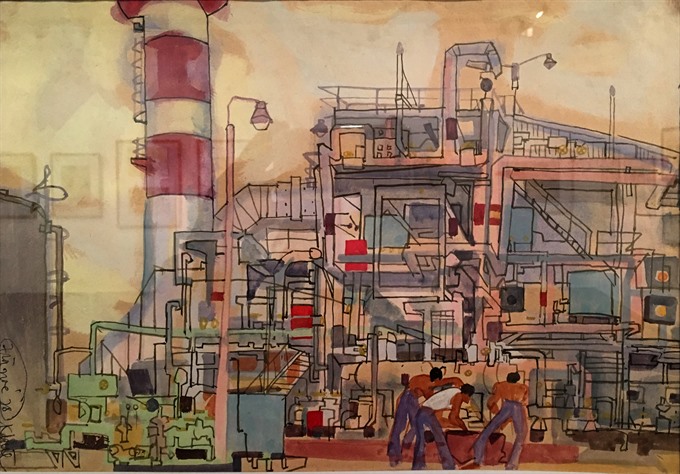 |
| Trà Nóc Power Plant by Đặng Thị Khuê |
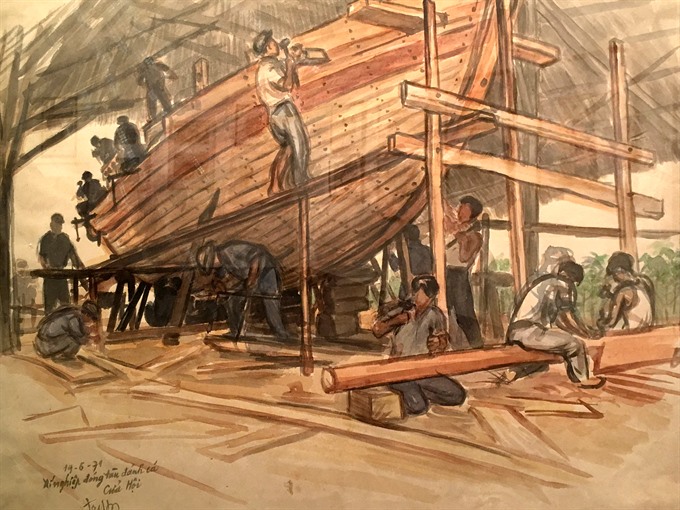 |
| A work by Nguyễn Trọng Hợp |
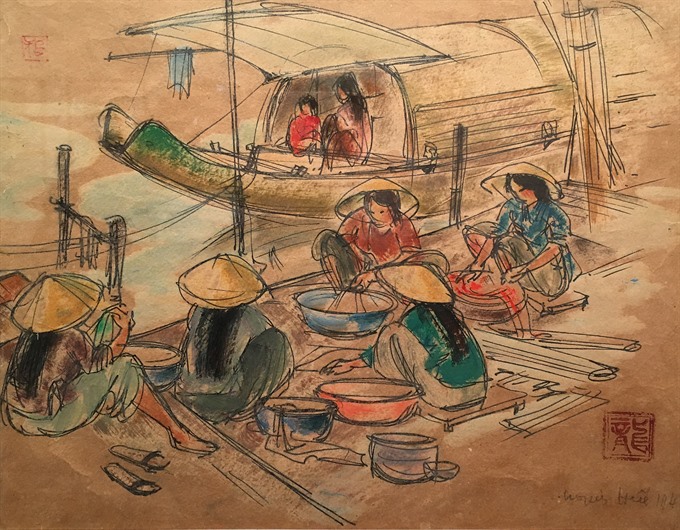 |
| A work by Nguyễn Văn Long. |




